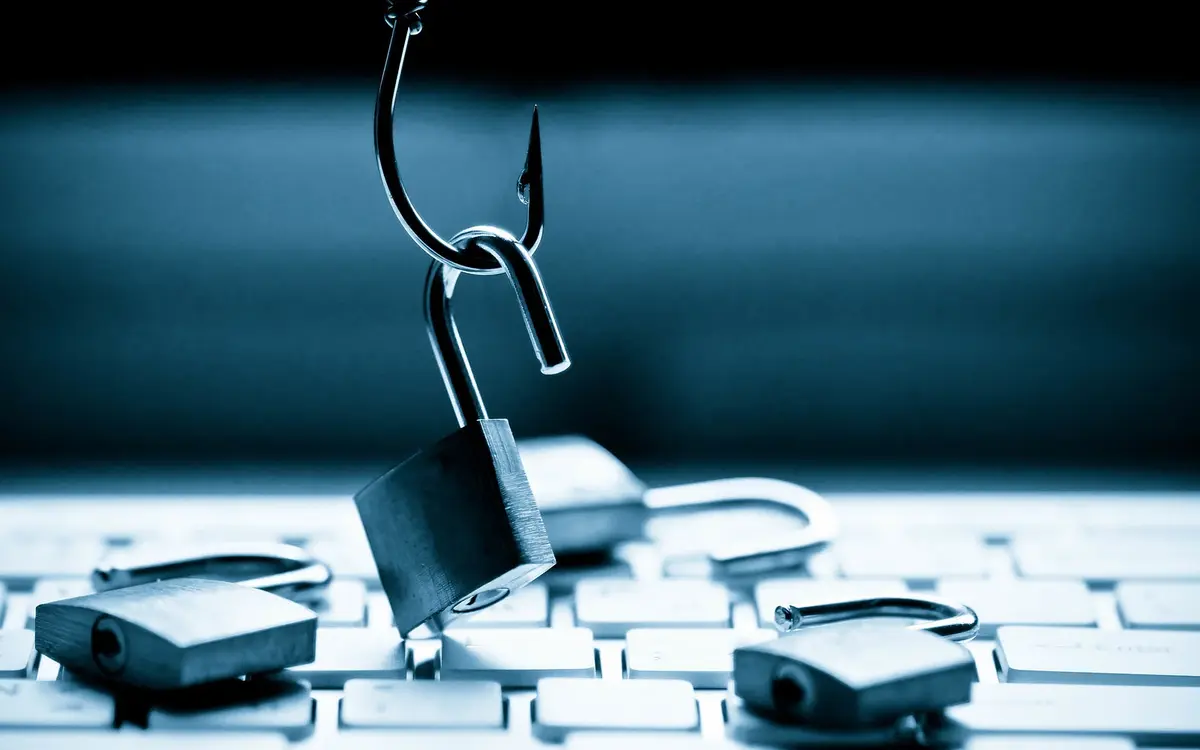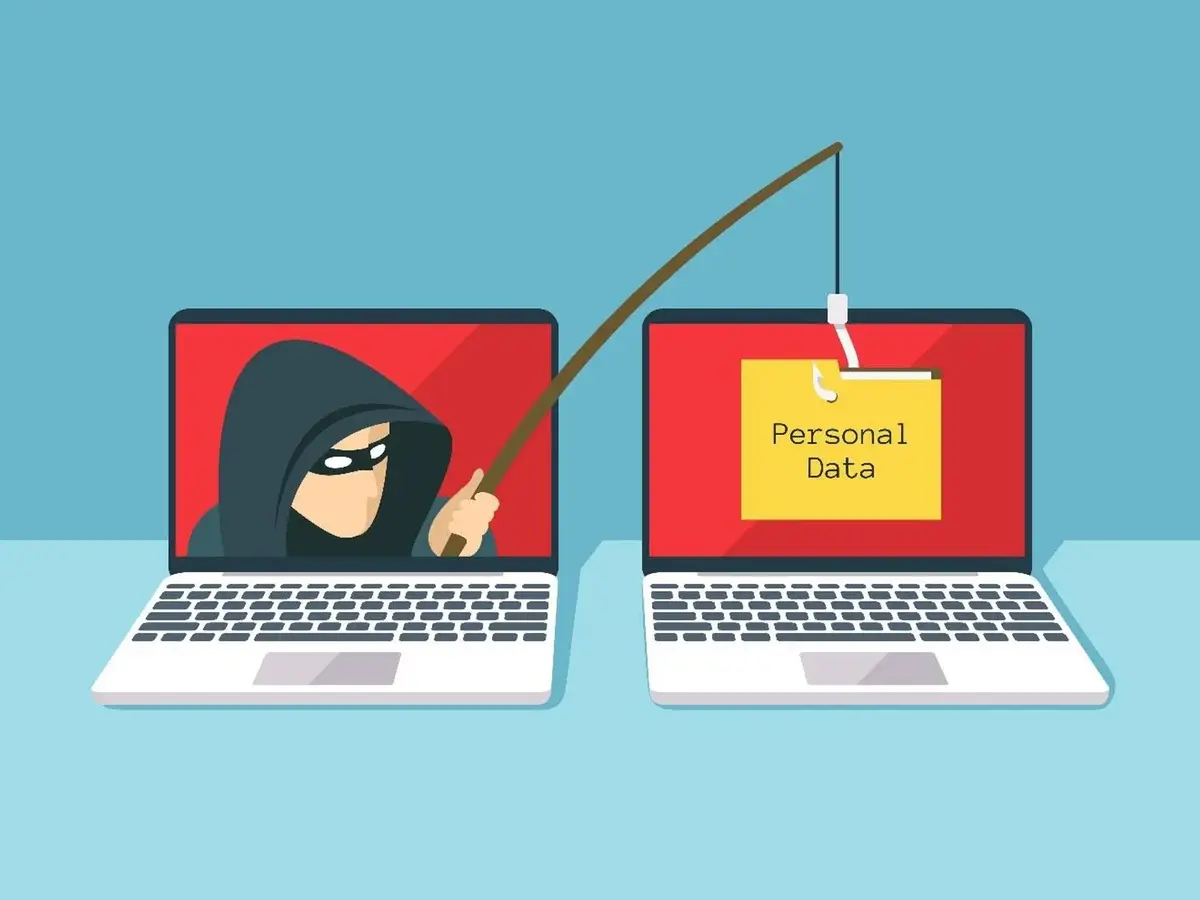Cyber delinquents want to steal your password to access accounts and services. According to cyber security company Egress the age of the user is relevant when choosing target for a phishing attack. The habits of certain users to emails, SMS or social media messages determine the vulnerability to certain type of attacks.
A phishing target needs to make a mistake to become a victim of hackers. The most common attacks include identity fraud or false links to log in to certain services. If you pay attention is possible to avoid every attack. Do not share your personal information and you should be safe.

Phishing attacks and millennials
The Egress survey indicates the last trends in phishing attacks, The main target are millennials, those who were born between 1981 and 1996 and nowadays range between 27 and 43 years. They represent the 37,50% of the total victims of phishing email attacks. There are some differences in the type of cyber attack according to the target age. In youngsters, there are more victims to other type of attacks because they tend to be more trustworthy. On the other hand, the millennials tend to distrust more.
There are several factors to consider in order to understand why this age group falls to phishing attacks more. Maybe it’s because they are educated on technology use from an early age. Nowadays numerous formalities are done through mobile devices and QR codes. The quishing attacks have also increased in number. This type of attack involves false QR codes to steal passwords and personal data. Another fraud in the rise includes the use of AI to launch more sophisticated attacks. They tend to elaborate more sophisticated strategies and increase the probabilities of success.
How to protect your device from a phishing attack
In order to avoid a phishing attack you only need to pay attention. If you want to prevent an attack, you have to avoid mistakes. Common sense is the key element. You should never log in to a service from a strange link. It’s also important to dismiss download invitations or sharing your personal data. The hacker needs you to fall in the trap before stealing your information.
You should also create a powerful password. It’s important to have a strong one, with several symbols, numbers and letters mixed. If you have several services, the best solution is using a password manager to make use of different passwords. You can also use a random password generator to have a wide variety of passwords to access different tools.
Most of the password managers are multiplatform. Then you can use them to bring your passwords from a mobile phone to a Windows or MacOS computer. Some of the password managers create a local encrypted database and others use a cloud based platform to save all the codes. Another option is to create a Vaultwarden in your NAS server. This software uses a private cloud network to manage passwords using a VPN or Internet connection.
Finally, you should also protect your devices with a good antivirus. You can detect malware sooner and keep it update to prevent new threats. In Windows you can use Microsoft Defender with its anti-ransomware tool.
To sum app, phishing attacks most popular target is the millennials community. But it doesn’t matter how old are you. Having a strong password and good antivirus protection can help you maintain a secure and working device.

